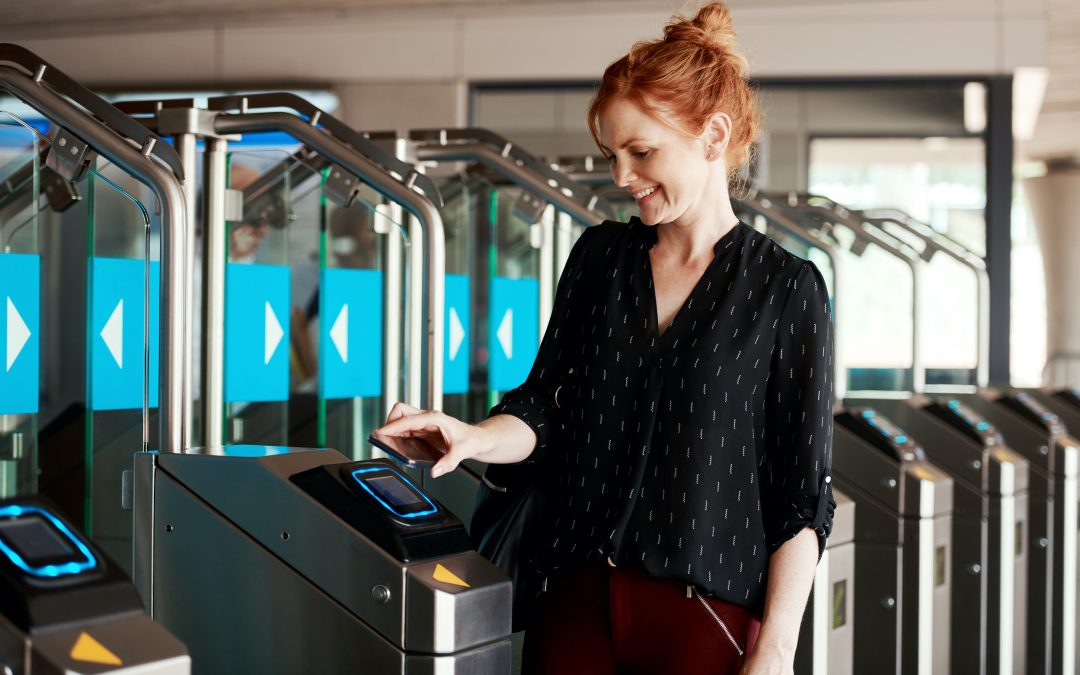Please click here to read Part 1: https://realstrategy.com/smart-buildings-technology-and-the-post-covid-workplace/
Although there were plans fully underway in lots of private and public organizations to transition towards a more flexible office with hybrid work practices, COVID-19 has accelerated this process.
Senior executives who previously questioned letting their teams work from home were suddenly forced into learning how to manage a remote workforce. While many aspects of the planning and implementation side of office transformations are on hold for health and safety reasons, change management is still occurring, budgets are being decided on, and designs re-vamped for the current context and need for multi-functionality. Keep in mind that the jury is still out on the question of what office users will truly need when we all go back to work.
Derrick and his team work on the buildings themselves and are used to navigating around multiple different systems and wire sets (e.g. telephone, data, building automation, CCTV, access control, parking, etc.). Part of their job is doing an “archaeological dig” to find out how building systems are (or have previously been) interconnected and then figure out how to bring that into one unified system. Derrick helps bring smart buildings to life which means being able to access everything wirelessly whenever, from anywhere, in an effort to make work and life easier.
It’s Derrick’s view, as a technical engineer and employer, that people are more productive and do better quality work when they’re doing more of what they like. A huge part of that equation is understanding how to entice office workers back to physical office space. It means figuring out where people like to do their work, when and how they like to do it, as well as who they like to do it with — not just what the work is.
“The focus for us is still the user experience but from the perspective of how to make it better than home. How do we create that personalized and curated experience? What are the cool things that we can offer in a building that will make people want to come back to the workplace?” — Derrick Hanson (President and Co-Founder, The Attain Group)
While organizations plan on how to get people back in the office, they also need to be thinking about their overall workplace strategy, individual space allocation, and potential impact on culture. Senior leaders need to make sure that their strategies take into account current health and safety factors (related to COVID-19) and their employees’ expressed preferences, while also acknowledging potential future demand for an increasingly agile and flexible office environment.
The traditional office seating layout, and face-to-face managerial styles, are in the process of a forced cultural revolution because of the pandemic. Being in lockdown has put the focus on the human experience, meaning building modernization projects where previously focused on hard technology and driving operational efficiency and productivity, are increasingly being measured by the potential to positively impact the user experience of people who work there.
The result? We’re seeing concepts like self-care and mindfulness take centre stage and a lot of employers are conducting research in an attempt to divine what employee expectations might be moving forward with respect to physical space. This reciprocal process differs from the previous top-down method where employers simply told employees when to show up and where to sit. It requires more feedback and (dare we say) compassion. In technology terms, it means more data points.
Technology has always been employed to boost corporate productivity but now more than ever, there’s a demand to facilitate collaboration, and maintain a sense of cultural inclusion between the employees in the physical office and our remote workers. We now find ourselves needing not only a near-term strategy for adapting to hybrid work but we need to ensure that our workforce, who isn’t necessarily location dependent anymore, still feels like equal contributors.
Hybrid work will require new cloud-based dashboards and updated management models with more nuanced key performance indicators to help measure remote worker productivity and prioritize tasks and workflow without requiring everyone to be in the same room. Communication tools that provide real-time information and allow for individual feedback will also be important to this effort. For commercial real estate, measurement devices that monitor occupancy and report on building operation analytics will help facility managers tailor electricity consumption, optimize heating and cooling systems, and establish better safety protocols for building occupants.
All of this data will enable organizations to react quickly but also make anticipatory and predictive changes that should bolster an easier transition to hybrid work. It is this intersection of people and place that keeps Derrick excited about what the future of office space might hold.
“While there will obviously be lots more rooms outfitted with high quality sound and production facilities for virtual meetings, what’s more interesting is that all this data collection will provide more insight into what people really want and need so that we can improve their user experience. In the coming years, we’ll start to see an explosion in tools and amenities that help address these more interesting elements.” — Derrick Hanson (President and Co-Founder, The Attain Group)
At Real Strategy Advisors, we’re always helping our clients make better decisions about their office workplace strategy. We can help you improve employee attraction and retention, increase productivity, satisfaction, and engagement. Contact us today so we chat about your back-to-work strategy and your commercial real estate needs!
Attain provides smart solutions for smart buildings. They provide strategic counsel on all types of technology — IT, AV, wireless networks, security — and the systems that make workplaces work smarter for everyone, no matter where they happen to be!

